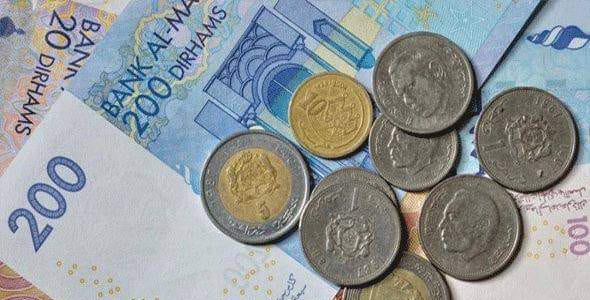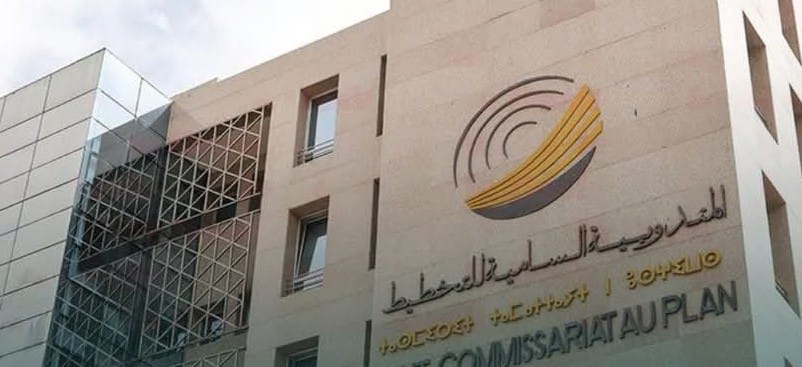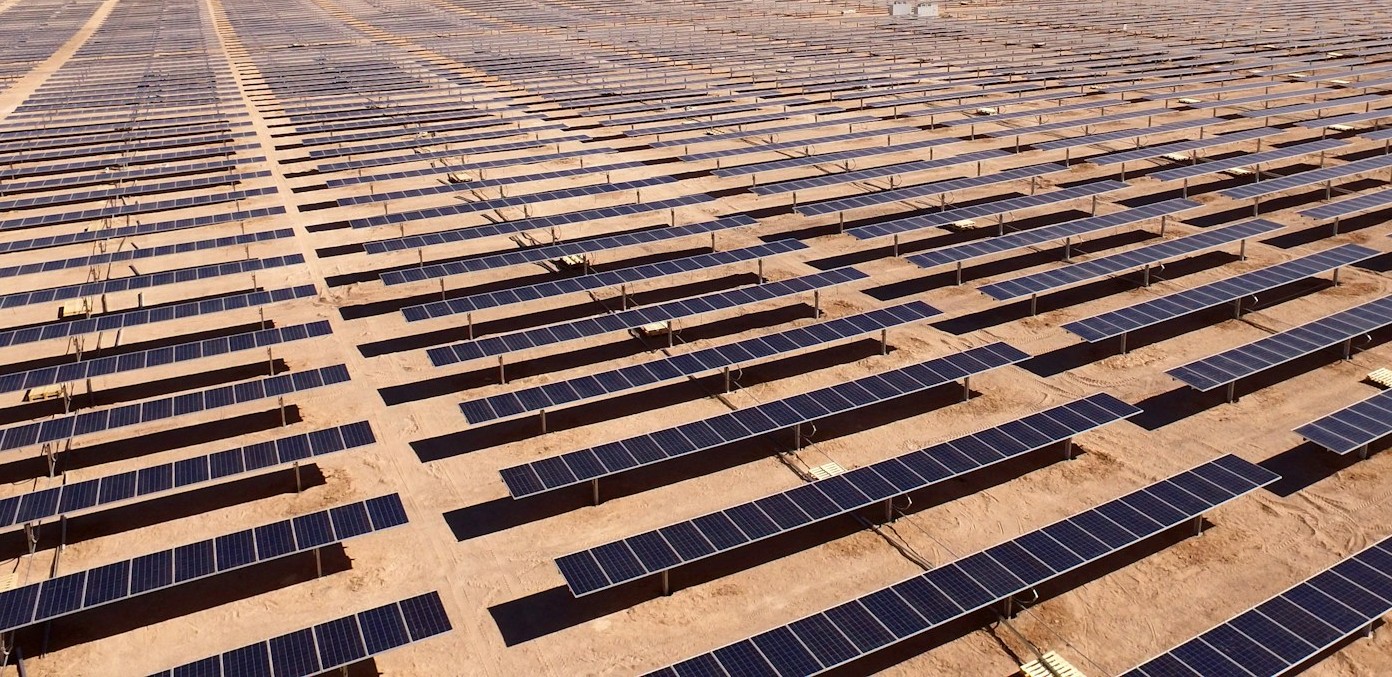Casablanca – The liquidity needs of Moroccan banks stood at an average of $13.97 billion in the weekly tally for September 2024, reflecting a nearly stable level compared to the previous month, according to Bank Al-Maghrib’s (BAM) latest report on the economic, monetary, and financial situation.
Amid these conditions, BAM expanded its total liquidity injections to $15.43 billion. These injections were allocated as follows: $6.68 billion in 7-day advances, $5.08 billion through repurchase agreements with durations of 1 to 3 months, and $3.67 billion aimed at refinancing through long-term guaranteed loans.
On the interbank market, the average daily volume of exchanges reached $278 million, with the weighted average interest rate stabilizing at 2.75%. Meanwhile, on the treasury bond market, rates fell in both the primary and secondary markets during September.
Interest rates: Deposit and lending trends
In terms of deposit interest rates, August saw a slight uptick of 6 basis points, pushing the rate for 6-month deposits to 2.73%. However, 1-year deposits experienced a drop of 21 basis points, bringing the rate down to 2.53%.
On the lending front, BAM’s survey of banks for the second quarter of 2024 indicated near stability in the overall average lending rate, which remained at 5.43%.
By sector, interest rates on corporate loans increased by 11 basis points to 5.37%, with notable rises in treasury facilities (up by 8 basis points to 5.38%) and real estate development loans (up by 50 basis points to 5.69%). In contrast, equipment loans saw a decrease of 12 basis points, settling at 4.99%.
Personal loan rates see decline
Interest rates for personal loans also saw a downward trend, dropping by 20 basis points to 5.89%. This decrease was particularly significant in consumer loans, which fell by 19 basis points to 7.03%, while housing loans saw a modest dip of 2 basis points to 4.79%.
As Morocco’s banking sector maintains stability amid shifting market conditions, these trends in liquidity needs and interest rates will continue to play a crucial role in shaping the country’s financial landscape in the coming months.
















